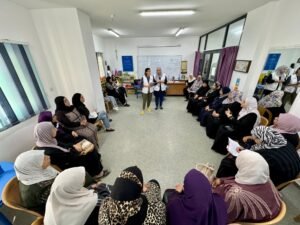Iran’s elusive quest for Russian investments

After two decades, Russia has not finalized its investment promise for a railway line in Iran, casting significant doubt over the viability of Moscow and Tehran’s recent claims of a historic cooperation agreement between the two nations.
Iran’s Deputy Transportation Minister, Kheirollah Khademi, stated this week that if Tehran cannot secure Moscow’s loan, its participation in the railway project would be essentially meaningless.
Despite years of negotiations and the signing of several memoranda of understanding, with the latest one concluded 15 months ago, Moscow has yet to decide on investing in or providing a loan to Tehran for the completion of the project.
The railway would connect the two northern cities of Rasht and Astara, on the border with Azerbaijan – and make it a critical segment of the International North-South Transport Corridor (INSTC) to link India, Iran, Russia, and Europe.
With the project requiring a $1 billion investment, the Islamic Republic has sought Russian loans, aiming to earn transit revenue from moving Russian goods to Asian countries and vice versa.
The Astara-Rasht railway on the Caspian Sea
In May 2023, alongside the signing of a MoU between the two countries to develop this railway line, then-Iranian President Ebrahim Raisi’s website described it as a “giant project.”
It announced that the railway line was scheduled to be completed in three years, stating it would have the capacity to transport 10 million tons of cargo in its first year of operation, as well as up to one million passengers
annually.
Based on this, Raisi’s website stated, the railway could generate $20 billion annually for Iran.
Yet, expecting $20 billion in annual revenue from a $1 billion investment in a 164-kilometer railway can be seen as unviable, given that Iran’s total foreign cargo transit revenue from all modes of transport (roads, railways, air, and sea) was $1 billion in the previous year, according to Iranian customs statistics.
More importantly, Iran has 15,000 kilometers of railway lines, yet only a very small portion of foreign goods transit is conducted via these railways.
It is thus unclear how the government expects to generate $20 billion in annual revenue by adding just 164 kilometers (approximately one percent) to its existing railway lines.
Adding further uncertainty to the project’s future is Khademi’s admission that the final cost of the project has not yet been determined.







